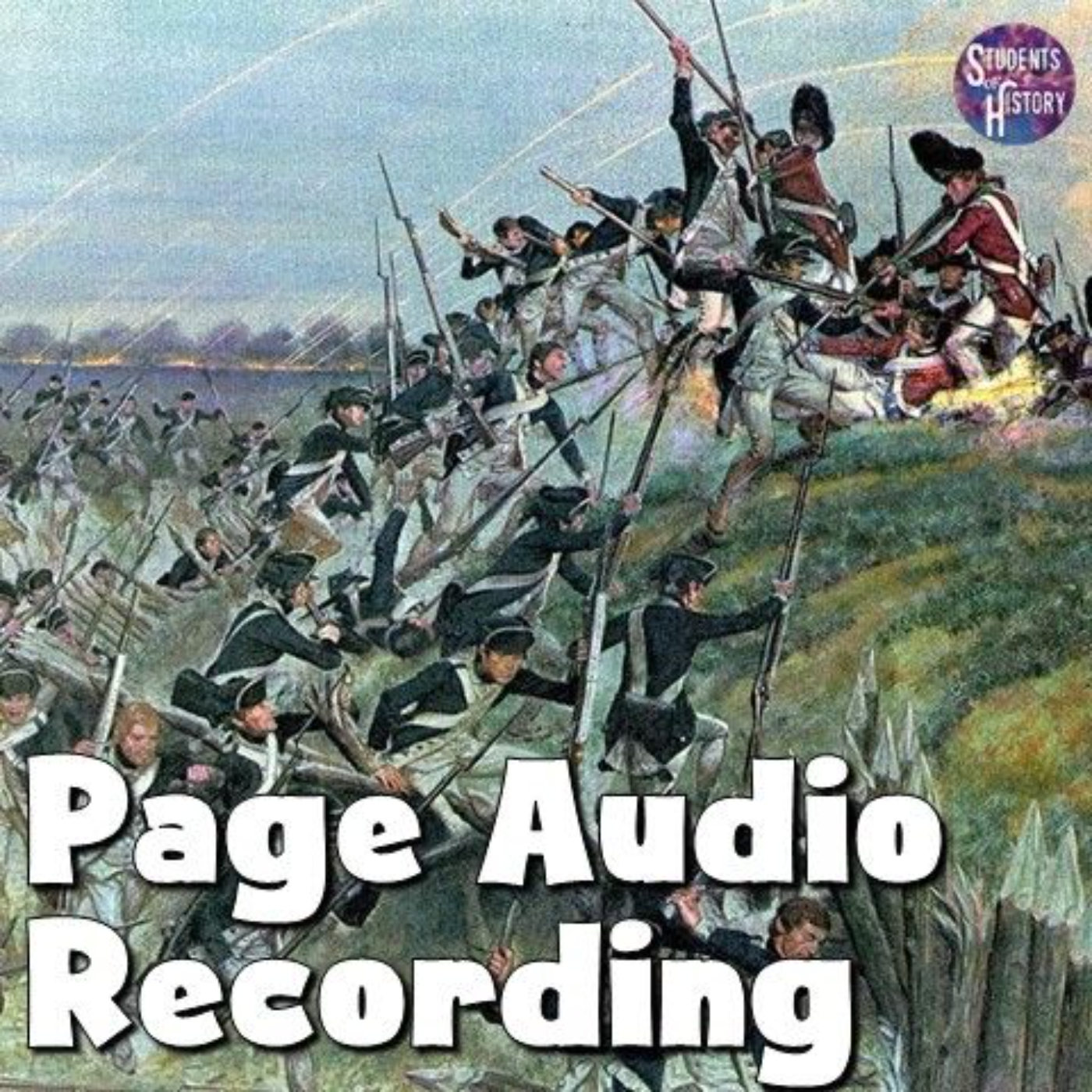England's Glorious Revolution

The Glorious Revolution marked Great Britain’s transition from an absolute monarchy to a constitutional monarchy, or a monarchy governed jointly by a monarch and a governing body called a parliament. The journey to being jointly ruled by a monarch and parliament was important not only for England, but it began to lay the groundwork for the importance of a governing body to represent the people’s interests and not an all-powerful king. It was called “glorious” because it was completed mostly without bloodshed. Although the Glorious Revolution occurred in 1688, the seeds of this revolution began much earlier.
Queen Elizabeth I of England reigned from 1558-1603. She was unmarried and had no children, so when she died there was not an heir to replace her on the throne. It was determined that her cousin, James I of Scotland, was going to become king. He reigned from 1603-1625. During his rule, he did not have a very good relationship with parliament. He rarely called them to meet. King James did his best to find a balance between Catholics and Protestants, but in 1604 a small group of Catholics felt King James was being unfair. They attempted to kill King James and blow-up Parliament in protest. Later called “The Gunpowder Plot,” the plan was discovered shortly before it could be carried out. All the conspirators were caught, tried, and executed.

After the death of King James I in 1625, his only son Charles took the throne. He ruled from 1625-1649. King Charles also had a difficult relationship with parliament, especially in regard to money. He often fought with Parliament because he needed tax money in order to fight wars. During his reign, he dissolved Parliament on three separate occasions, choosing to rule by himself. These actions made him very unpopular at the time.
Charles I’s problems with Parliament did not go unnoticed. During the third Parliament, members drew up a document called The Petition of Rights. This document limited a king or queen’s power. The document was also supposed to have him share power with Parliament but King Charles did not follow it.
King Charles' problems with Parliament continued. In 1640, he called together what was known as “the Long Parliament,” to discuss raising money for a war with Scotland. Two years later in 1642, King Charles was frustrated but agreed not to dissolve the Parliament. This turned out to be a mistake because the two sides could not agree on money issues. The conflict erupted into an all-out civil war. The two sides of the English Civil War were the Cavaliers, who supported the King, and the Roundheads who supported Parliament.
The English Civil War raged from 1642-1651. Oliver Cromwell, a military general and member of Parliament, defeated forces loyal to King Charles. Cromwell was the head of the New Model Army, which was formed by Parliament for the conflict. The result of the English Civil War was that Parliament took power and Charles I was executed. Cromwell oversaw Parliament, making England very Puritan. Theaters and pubs were closed, and sports were banned.
Cromwell died, and in 1660, King Charles II took power. He ruled from 1660-1685 and ushered in a period called “The Restoration.” This was a period in which the monarchy was restored and brought back to power. King Charles was known as the “Merry Monarch” because he reopened theaters, bars, and sporting events.
After the death of King Charles, his brother James II took power. Much like Charles I, he also had a difficult relationship with Parliament. He did not call them often and fought over money. It was during his rule that the Glorious Revolution took place. James II and his brother Charles were both Catholics. A Protestant uprising caused James II to flee into exile and to hand the power to William of Orange and James’ own daughter Mary. They were asked to take the throne of England because they were Protestant and worked well with Parliament.
In 1689, William and Mary signed the English Bill of Rights. This was a very important document that limited the monarch’s powers and made them share it with Parliament. It cemented the importance of Parliament and created a constitutional monarchy.